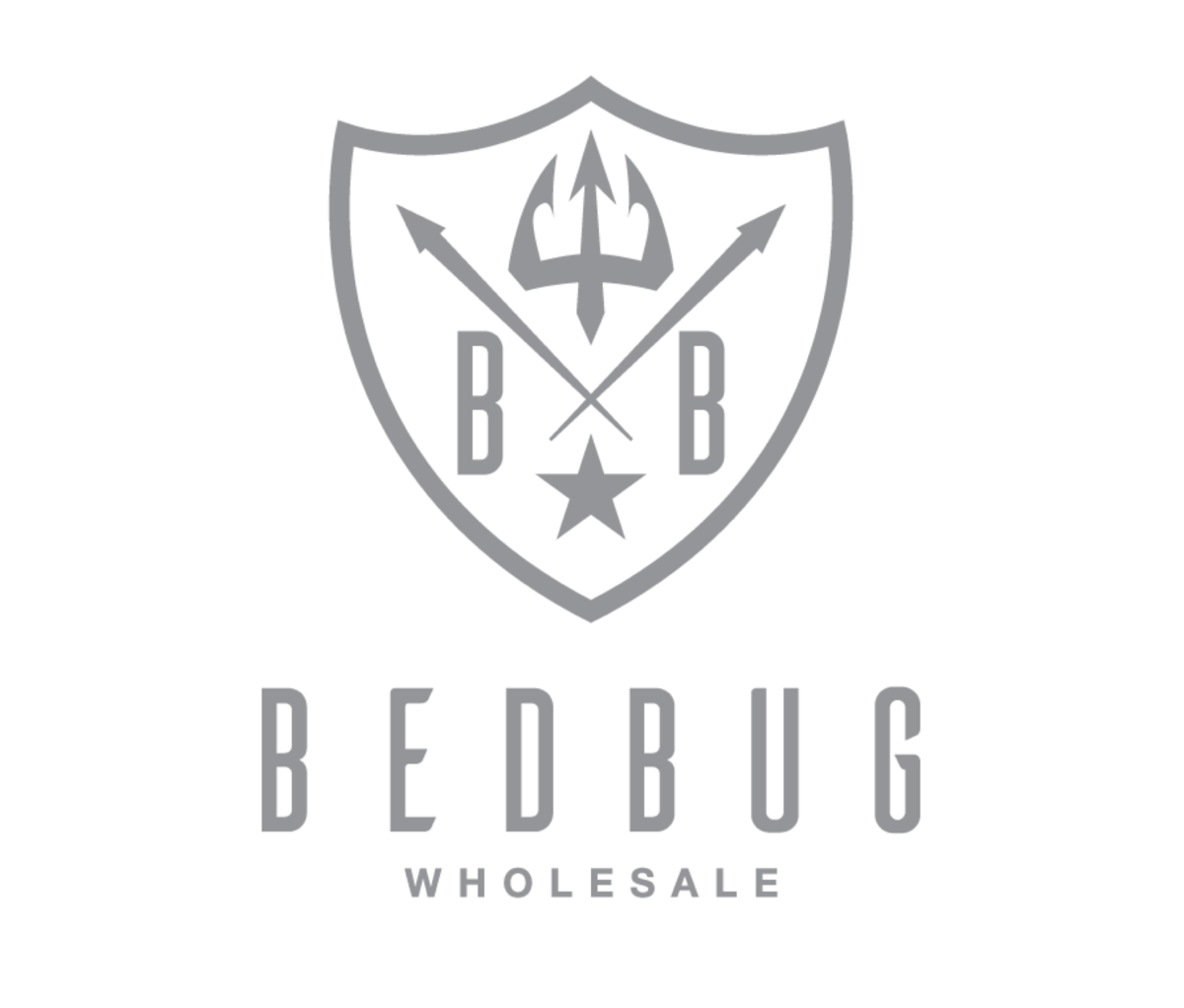How do I remove bed bugs from my Hotel or Home? Getting rid of bedbugs is not an easy process, and most cases of bedbug infestation will require treatment by both the owner and a pest control expert. Bedbugs can survive for up to a year without feeding, so they may persist even in unoccupied rooms. A variety of low-odor sprays, dusts, and aerosol insecticides can be used to eradicate bedbugs. These insecticides must be applied to all areas where the bugs are observed as well as hiding places or spaces where they may crawl. Since beds cannot readily be treated with insecticides, it's often necessary to encase a mattress, pillows and ensemble base to ensure any active bedbugs or eggs are trapped and encased, They will then die through starvation.Our 10-step solution to remove Bedbugs.One - Firstly Identify that you have bedbugs and the room or area you have seen signs of activity.Two - Vacuum the entire room, mattress, ensemble base, skirting boards. Remove all live or dead bugs, eggs, shells and droppings. Three - Remove all clothing and bed linen from the infected room and place in sealed bags.Four - Wash all clothing and bed linen if they require cleaning, then tumble dry everything for a minimum of 45min on high to kill any live bugs or eggs, being careful not to allow any bedbugs or eggs out of the bag when handling.Five - When the room has been stripped of all linen and clothes, vacuum the whole room again including under the mattress, ensemble base, cracks and crevices in the bed frame and anywhere else likely to be a hiding spot for bedbugs. Dispose of vacuum bag in a sealed garbage bag and check the vacuum for any signs of live bugs still on the unit. It is not suggested to use ducted vacuums for this application.Six - Using a high-powered steamer (we suggest the Karcher SC2 1500w unit as a minimum requirement for residential use), steam everything in the room where bedbugs may have contact. The eggs could be on any of these surfaces. The steam will instantly kill eggs and bugs when they come in contact with the steam which is the number one contact killer for bedbugs. Ensure you steam all sides of the mattress, pillows, cushions, bed side tables, cracks, crevices, around the joins in the carpet and skirting boards. Pay particular attention to the mattress, pillows and bed frame as you don’t want any live bugs in the bed frame once you have installed encasements on the Mattress, Ensemble Base and Pillows. Seven - Install pillow encasements, a mattress encasement and ensemble base encasement where required along with plastic traps under each of the bed legs touching the floor prior to re installing the bed linen and bringing any clothes back into the room. (note: check that the bed head is not touching the wall and the bedside tables are not touching the bed)Eight - You will now have successfully treated your bed and your room without the need for expensive pest control. In simple cases caught early on this can be enough to eradicate bedbugs completely. With the encasements installed and the traps placed under the bed legs you can now sleep well knowing that there is little chance of a bedbug being able to feed on you as it will be unable to access the bed and will also have nowhere to hide in the pillows, mattress or ensemble base. Please ensure that you do not allow your sheets or any other items to touch the floor, these could act as an access path for the bedbugs to crawl back onto the bed.Nine - Continue to monitor the traps and your room for bedbug activity daily. If you can see signs of active bedbugs in the traps under the legs or in the room its then suggested you contact your local pest control business to come and treat the room using pesticides and dusts as they will likely be hiding in areas not contained to your bed that will be hard to get to successful with steam alone. Ten - Continue to tumble dry all bed linen 1-2 times weekly and ensure that nothing is placed on the bed that could be contaminated. Shop Now
Our 10 Step Process To Remove Australian Bed Bugs | Must Read.
How do I remove bed bugs from my Hotel or Home?
Getting rid of bedbugs is not an easy process, and most cases of bedbug infestation will require treatment by both the owner and a pest control expert. Bedbugs can survive for up to a year without feeding, so they may persist even in unoccupied rooms. A variety of low-odor sprays, dusts, and aerosol insecticides can be used to eradicate bedbugs. These insecticides must be applied to all areas where the bugs are observed as well as hiding places or spaces where they may crawl. Since beds cannot readily be treated with insecticides, it's often necessary to encase a mattress, pillows and ensemble base to ensure any active bedbugs or eggs are trapped and encased, They will then die through starvation.
Our 10-step solution to remove Bedbugs.
One - Firstly Identify that you have bedbugs and the room or area you have seen signs of activity.
Two - Vacuum the entire room, mattress, ensemble base, skirting boards. Remove all live or dead bugs, eggs, shells and droppings.
Three - Remove all clothing and bed linen from the infected room and place in sealed bags.
Four - Wash all clothing and bed linen if they require cleaning, then tumble dry everything for a minimum of 45min on high to kill any live bugs or eggs, being careful not to allow any bedbugs or eggs out of the bag when handling.
Five - When the room has been stripped of all linen and clothes, vacuum the whole room again including under the mattress, ensemble base, cracks and crevices in the bed frame and anywhere else likely to be a hiding spot for bedbugs. Dispose of vacuum bag in a sealed garbage bag and check the vacuum for any signs of live bugs still on the unit. It is not suggested to use ducted vacuums for this application.
Six - Using a high-powered steamer (we suggest the Karcher SC2 1500w unit as a minimum requirement for residential use), steam everything in the room where bedbugs may have contact. The eggs could be on any of these surfaces. The steam will instantly kill eggs and bugs when they come in contact with the steam which is the number one contact killer for bedbugs. Ensure you steam all sides of the mattress, pillows, cushions, bed side tables, cracks, crevices, around the joins in the carpet and skirting boards. Pay particular attention to the mattress, pillows and bed frame as you don’t want any live bugs in the bed frame once you have installed encasements on the Mattress, Ensemble Base and Pillows.
Seven - Install pillow encasements, a mattress encasement and ensemble base encasement where required along with plastic traps under each of the bed legs touching the floor prior to re installing the bed linen and bringing any clothes back into the room. (note: check that the bed head is not touching the wall and the bedside tables are not touching the bed)
Eight - You will now have successfully treated your bed and your room without the need for expensive pest control. In simple cases caught early on this can be enough to eradicate bedbugs completely. With the encasements installed and the traps placed under the bed legs you can now sleep well knowing that there is little chance of a bedbug being able to feed on you as it will be unable to access the bed and will also have nowhere to hide in the pillows, mattress or ensemble base. Please ensure that you do not allow your sheets or any other items to touch the floor, these could act as an access path for the bedbugs to crawl back onto the bed.
Nine - Continue to monitor the traps and your room for bedbug activity daily. If you can see signs of active bedbugs in the traps under the legs or in the room its then suggested you contact your local pest control business to come and treat the room using pesticides and dusts as they will likely be hiding in areas not contained to your bed that will be hard to get to successful with steam alone.
Ten - Continue to tumble dry all bed linen 1-2 times weekly and ensure that nothing is placed on the bed that could be contaminated.


